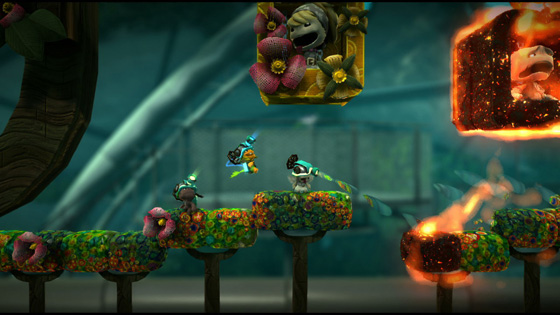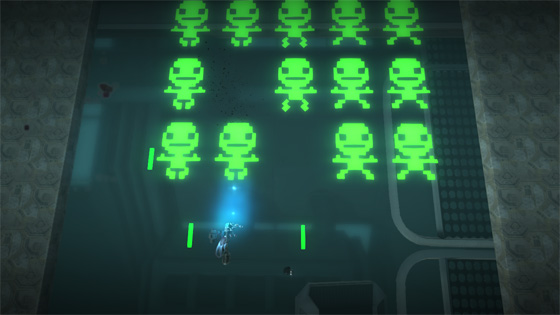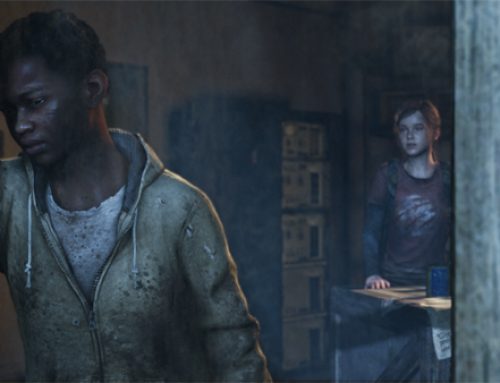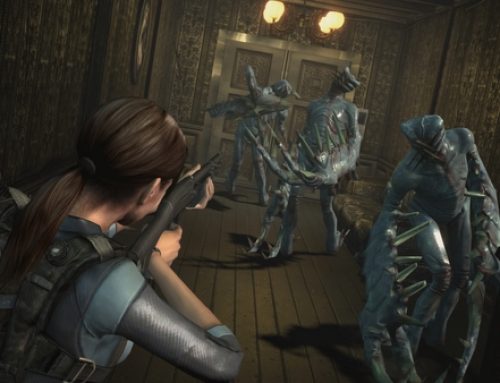At any gathering of parents, you don’t have to talk to many people before you find at least one who dubs video games a brain-rotting invention that turns kids into anti-social, violent cretins. While it’s true that there are way too many kids playing games made for adults, such name-calling and pigeonholing causes parents to overlook a lot of brain-stimulating, creativity-stoking fare.

"LittleBigPlanet 2's" story mode is fun, but the game's real joy lies in the thousands of user-created levels.
“LittleBigPlanet 2” (rated E, $60 on PlayStation 3) is the perfect rebuttal to the argument that video games can’t fire the imagination. With a robust set of content-creation tools, the game empowers its players to build whatever they can imagine and share it online. For kids or adults hoping to dabble in game design, “LBP2’s” intuitive tool set, deep tutorials, community feedback, forgiving controls and customizability make it a great workshop for showcasing inspired ideas.
Before players start creating, they’ll want to play through the levels supplied by developer Media Molecule. The basic story has the player-controlled Sackboy, a sort of stitched-together puppet, working to save Craftworld from the destructive agents of a giant, evil robot called The Negativatron.
Playing through Media Molecule’s levels unlocks many of the items, backgrounds, textures and songs for use in your own creations. Though the games share the same cute, colorful, craft-inspired art style, the second game is much more wide-open than its predecessor.
Whereas the first game was what’s commonly described as a platform-jumping game, “LittleBigPlanet 2” mixes things up. The first couple of worlds feature platform-jumping action comparable to what you’ll find in the first “LBP,” but Media Molecule slowly introduces tools such as a grappling hook, a hat-mounted gun called the Creatinator that fires anything players can dream up, and programmable robots called Sackbots.
Eventually, you’ll be hopping into vehicles and shooting your way through levels reminiscent of early ’80s arcade games like “Scramble” and “Defender.”
After that, or even in little breaks while you’re playing through the story, players can start viewing the 50-plus tutorials and creating. (Don’t worry. You don’t need to sit through every tutorial before you start playing around.)
Creating a level can be daunting, even for longtime gamers, because it takes time to get the hang of everything, and the process is bound to include trial and error.
If you’re trying to encourage your child to be creative, it’s best to let him or her mess around and build some basic platform-jumping levels for you to play through together. (“LittleBigPlanet 2” includes support for up to four players locally or over the PlayStation Network.)
I’m still getting the hang of the content-creation tools myself, but I’ve already spent a few hours downloading, playing and giving feedback on work created by other “LBP” players. The online interface lets you tag levels, browse them by categories and designate favorites. Media Molecule even keeps a sort of Hot 100 of developers’ favorite user-created stages.
In addition, the millions of levels built by players of the first “LBP” are all available for download in the sequel. I was pleased to see the levels I hearted in the first game were imported from my save file into “LBP2.” If I want to revisit an old favorite, they’re right there.
In my limited time playing community-created “LBP2” levels, I’ve played homebrewed creations riffing on first-person shooters, basketball and pinball. I’ve bounced around chasing runaway pandas, driven a Prius and run through a middle-school-aged kid’s heart-filled attempt to win himself a girlfriend.
You’ll need to have broadband Internet and have your console connected to the PlayStation Network to appreciate all “LBP2” has to offer. As an offline game, “LBP2” can be finished in fewer than 10 hours. Unless you’re planning on using the content-creation tools extensively offline, it might be tough to justify forking over $60 for the game if you can’t use its most exciting feature.
Given the emphasis on user-created content, the “LBP” games have a few quirks that take getting used to, particularly if you’re a fan of precision-oriented platform-jumping fare like Nintendo’s “Super Mario Galaxy.” The controls in the “LBP” games can charitably be described as “loose.”
Sackboy has a big, floaty jump that’s awkward at times. Your little guy will meet all sorts of hilarious misfortune until you get the hang of it, and the jumping in the game rubs a lot of players the wrong way.
As Kotaku’s Michael McWhertor points out, though, the loose controls are a necessary concession when you allow players to create millions of levels for your game. Tighter controls would require user-created levels to be much more precise, and quality-control testing might just be the least fun aspect of game design.
Speaking of quality control, “LBP2’s” online play needs considerable polish and patching.
Though finding and downloading levels worked fine, I’ve had difficulty trying to play the game cooperatively online with both friends and strangers. Several friends and I tried our hardest to get a three- or four-player online game going, but the most players we could manage without encountering hiccups was two people. (I’ve had three people in a game when playing with strangers.)
Furthermore, a well-documented glitch with online play repeatedly causes some players to get hung up on a loading screen when finishing a level. It’s only a matter of time before Media Molecule issues a downloadable patch that fixes these issues, but they nonetheless remain.




